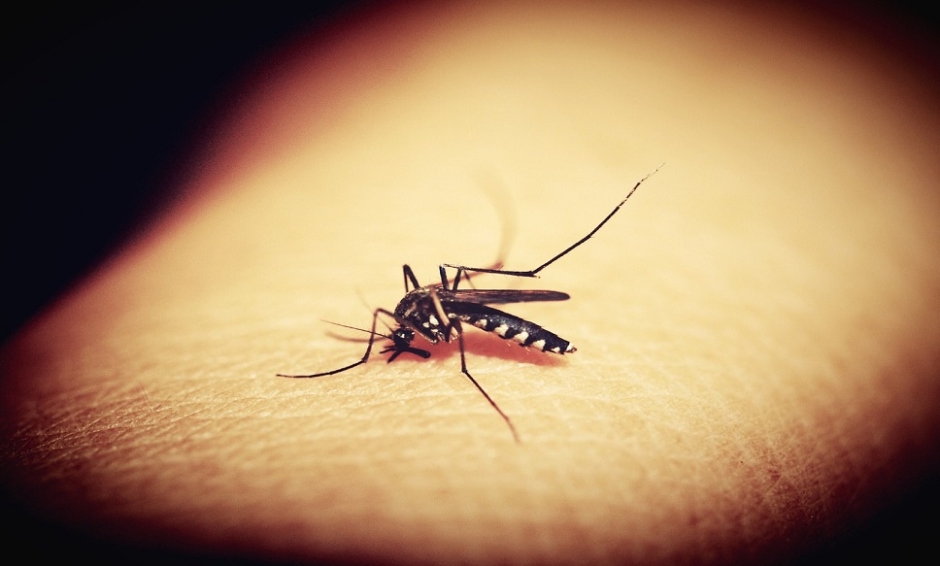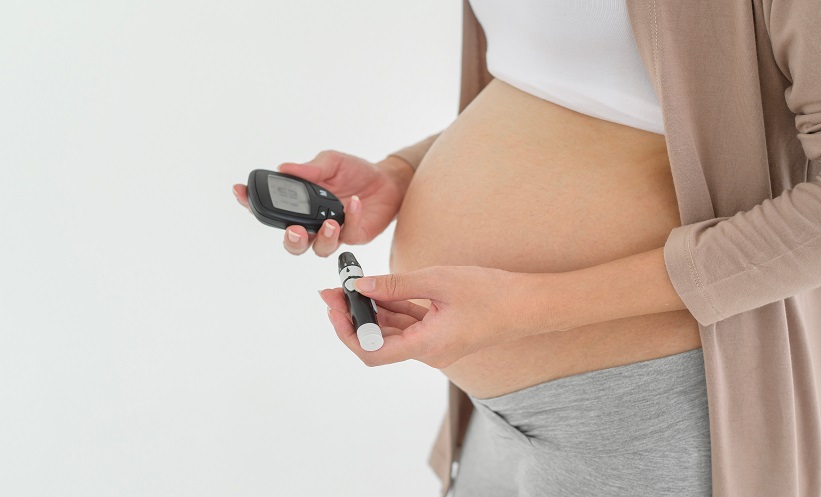INSULIN production by Type I diabetes mellitus patient pancreata is characteristically low as a result of dysregulated immune targeting of β-cells. Reported by the Centers for Diseases Control and Prevention (CDC) as affecting 29 million Americans and ranked as the seventh leading cause of mortality in the USA, cell destruction in this disease has been studied extensively and the avenue of stem cell transplantation has continued to be seen as a future possibility. Now, researchers from the CeMM Research Center for Molecular Medicine of the Austrian Academy of Sciences, Vienna, Austria, may have discovered a potential cure.
It is widely known that a variety of cell types comprise the islets of Langerhans of the pancreas, including both β-cells and α-cells responsible for insulin and glucagon production, respectively. Aside from their opposing actions, these cells differ significantly; α-cells are referred to as ‘flexible’ and are able to change their function to insulin secretion under high environmental stress and significant loss of β-cells. This mechanism relies on the epigenetic regulator Arx and its suppression allows α-cells to retain their identity and intended purpose.
Following this principle, Dr Stefan Kubicek, CeMM Research Center for Molecular Medicine of the Austrian Academy of Sciences, Vienna, Austria, and researchers designed and isolated both α and β -cell lines and demonstrated that Arx is a stand-alone regulator of this epigenetic mechanism. In an attempt to govern this process further, a wide range of currently approved drugs were tested on the α-cell line in an attempt to induce insulin production. Equating data from their specific, fully automated assay, the researchers were able to determine that one particular group of drugs, the artemisinins commonly used to treat malaria, were able to recreate the loss of Arx, resulting in the transformation of the α-cells into fully functional insulin-producing β-like cells. Through binding and stabilising the protein gephyrin, this drug activated GABA receptors, leading to downstream signalling and consequent insulin production.
Dr Kubicek explained, “Obviously, the long-term effect of artemisinins needs to be tested. Especially the regenerative capacity of human alpha cells is yet unknown. Furthermore, the new beta cells must be protected from the immune system. But we are confident that the discovery of artemisinins and their mode of action can form the foundation for a completely new therapy of Type 1 diabetes.”
(Image: freeimages.com)







